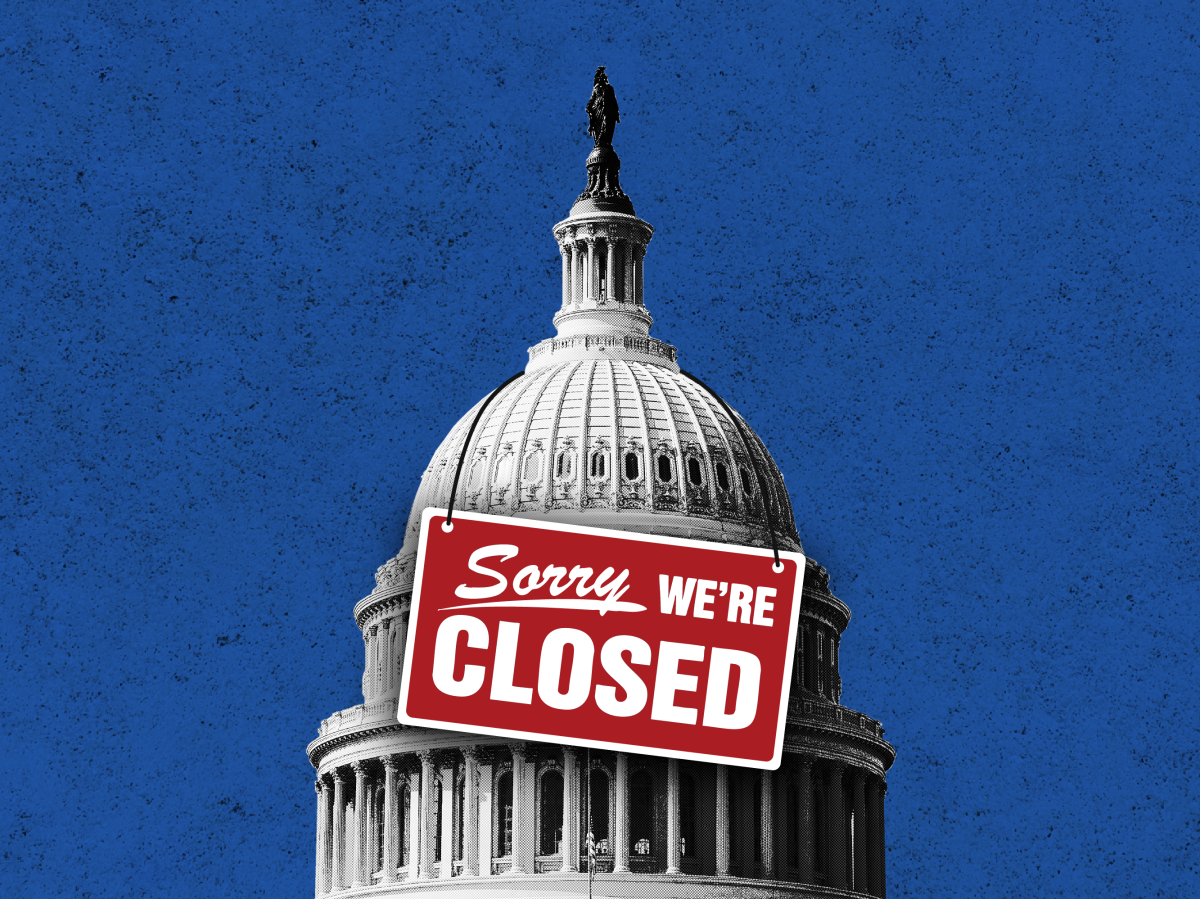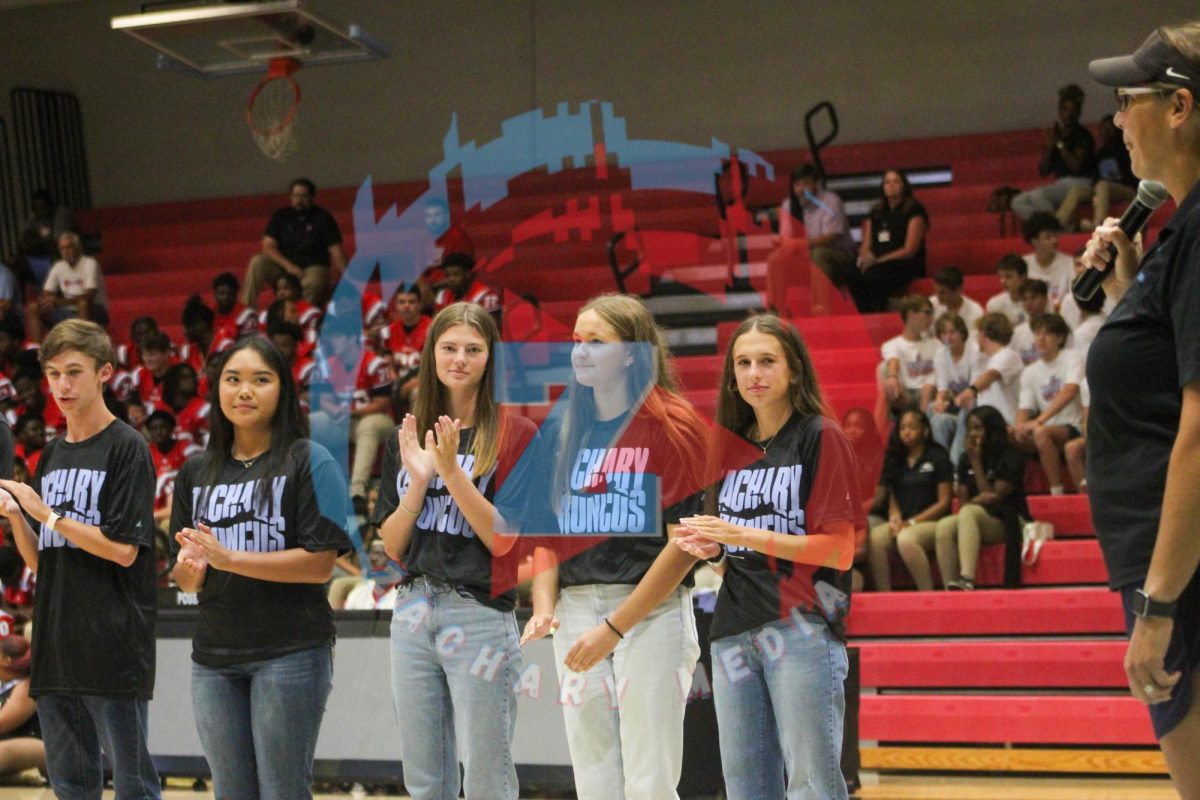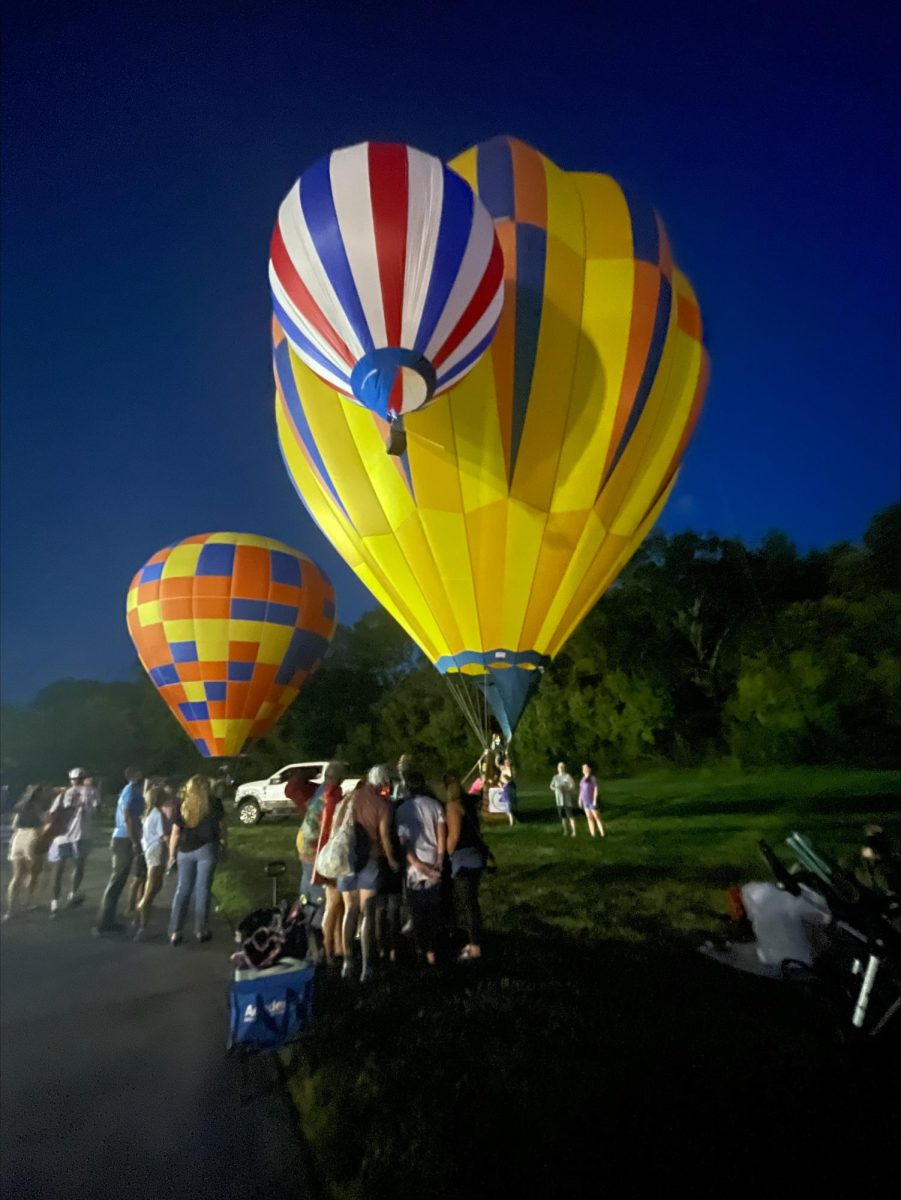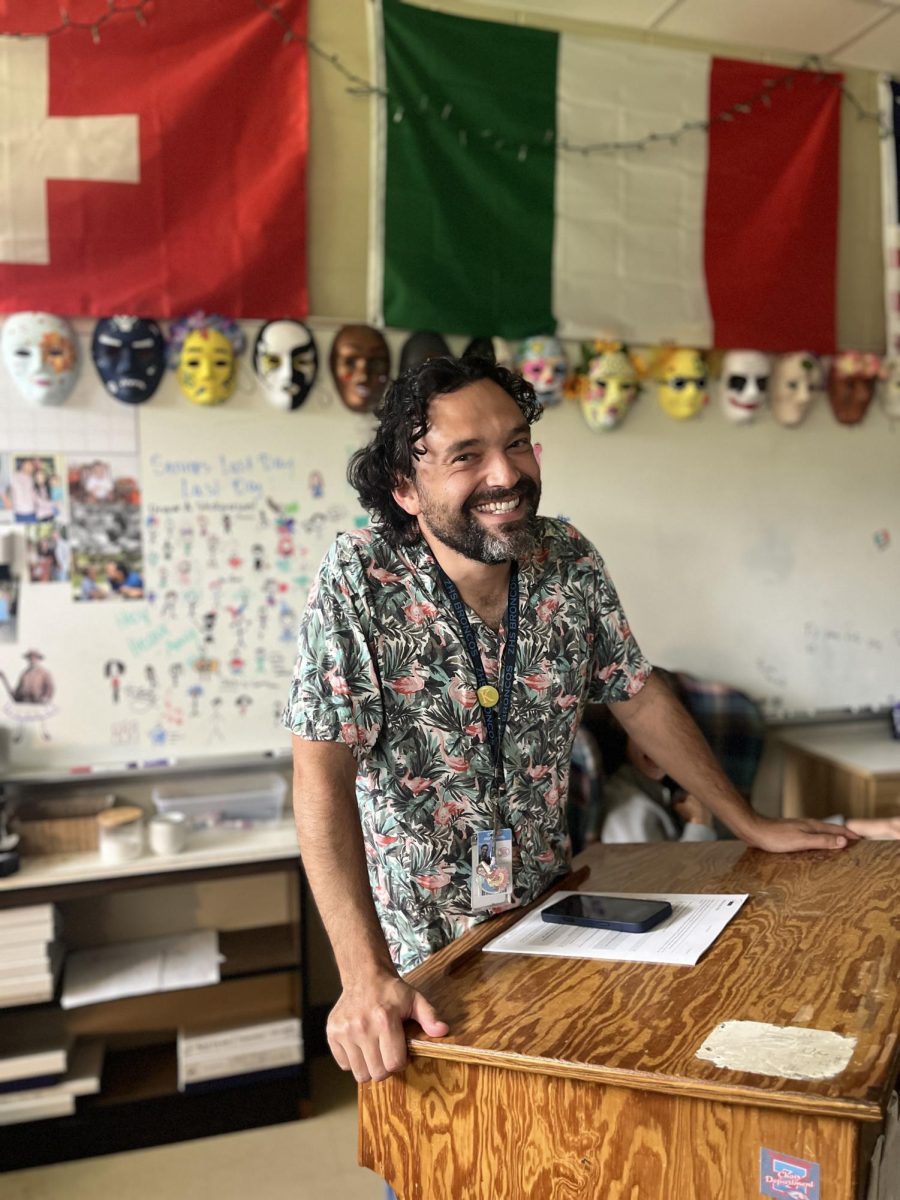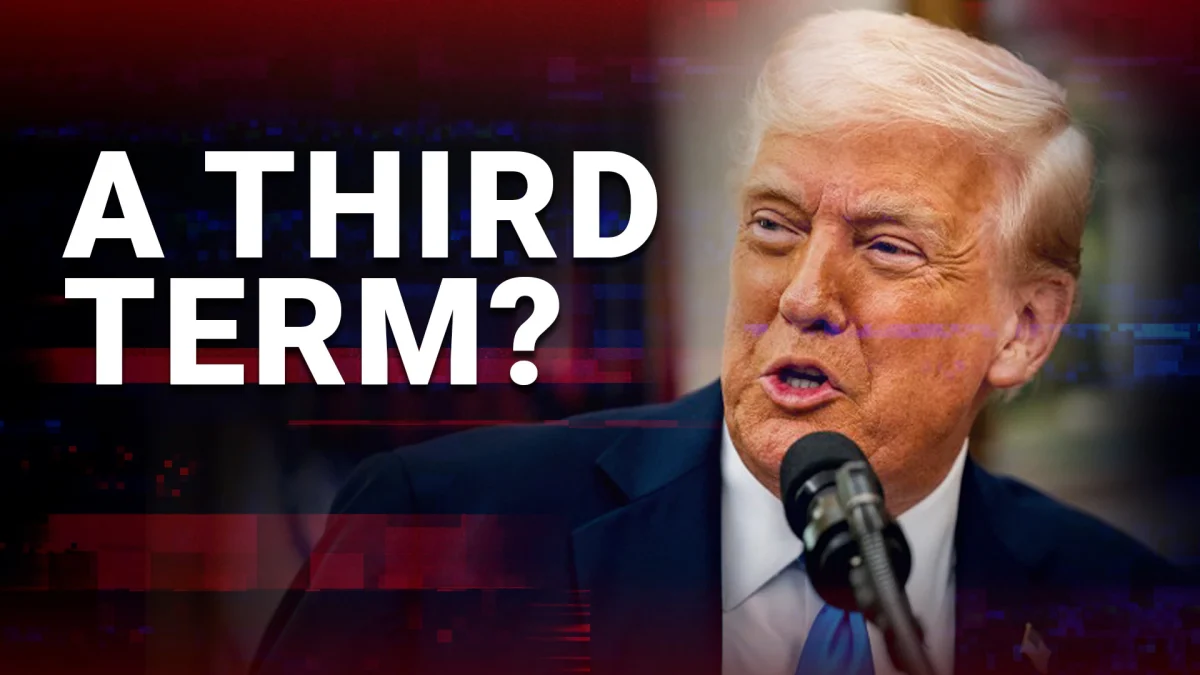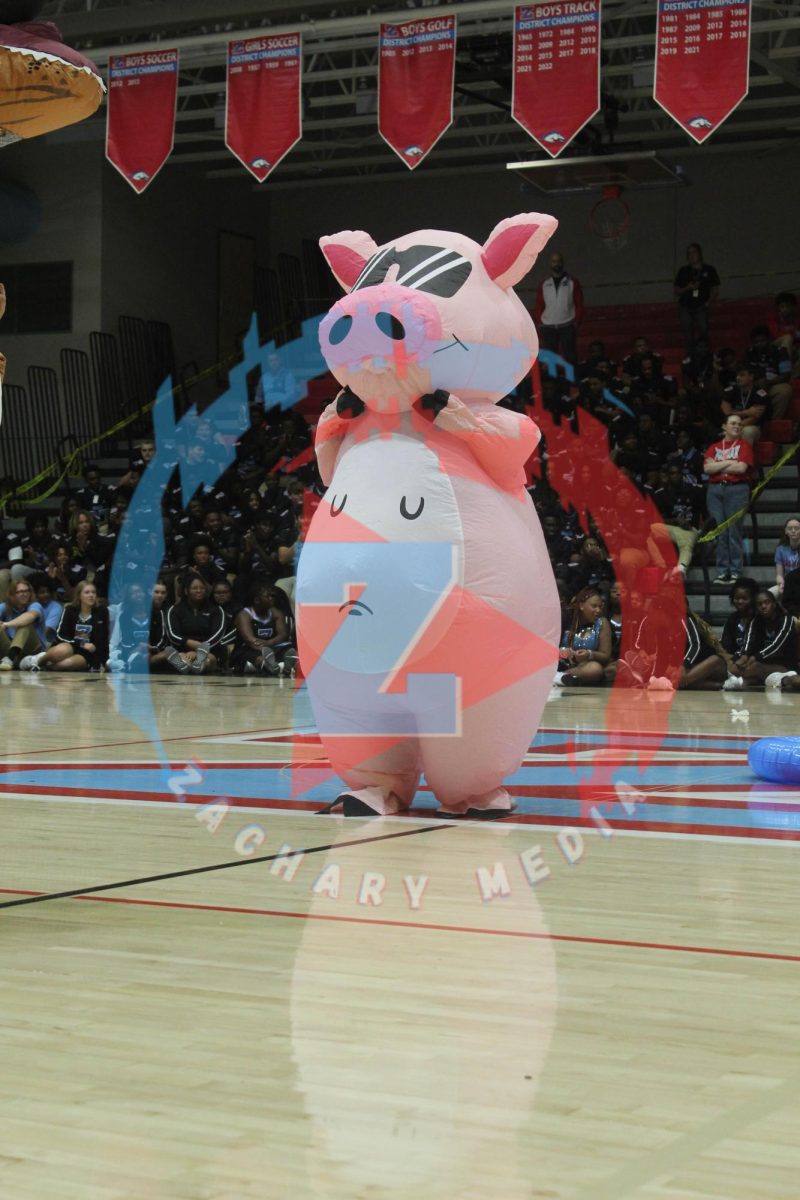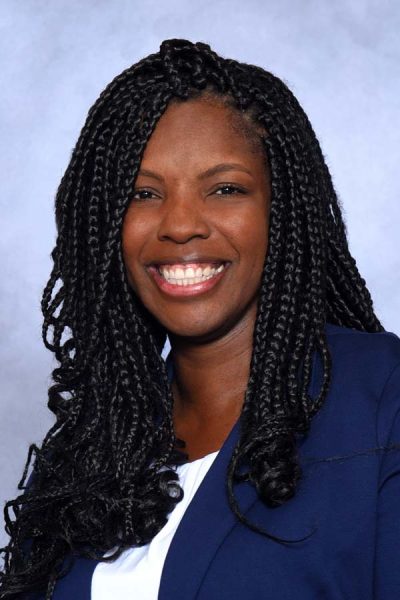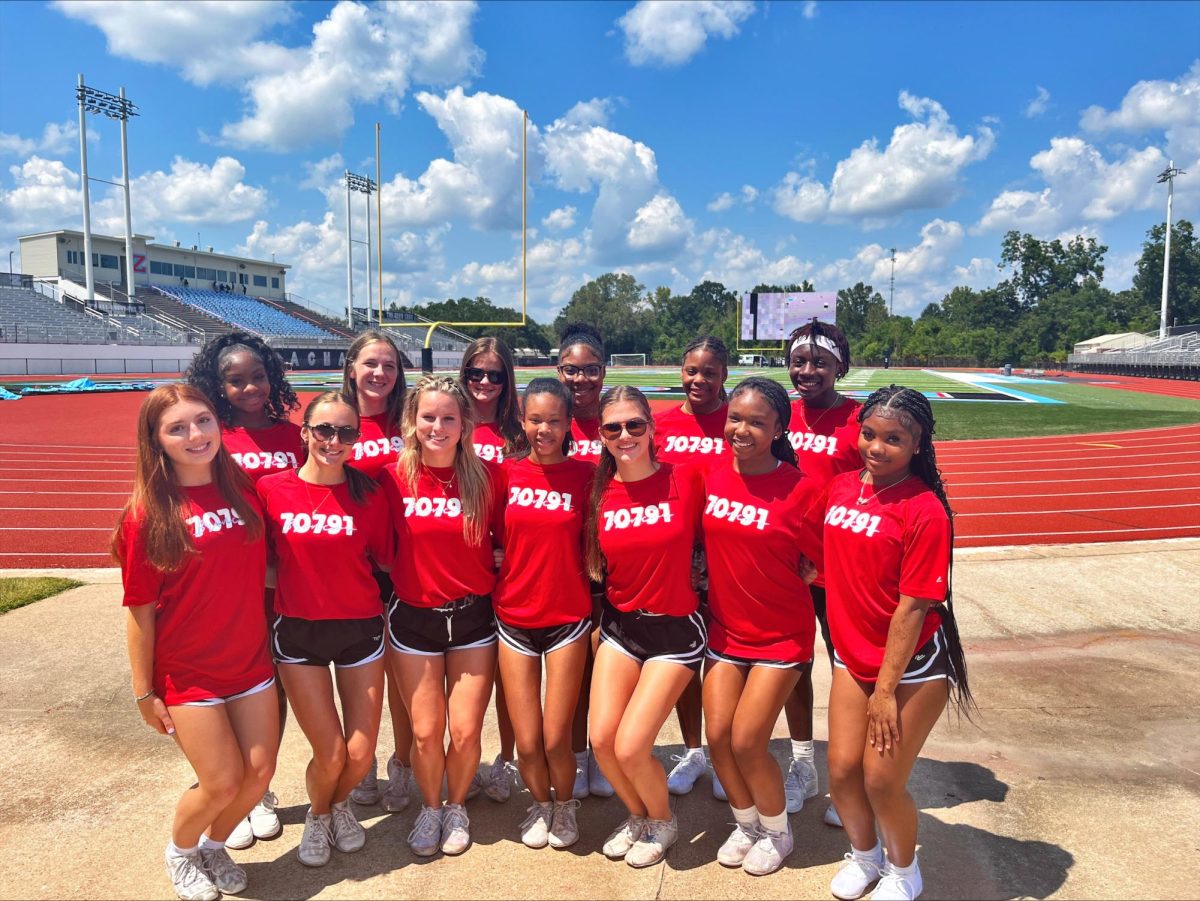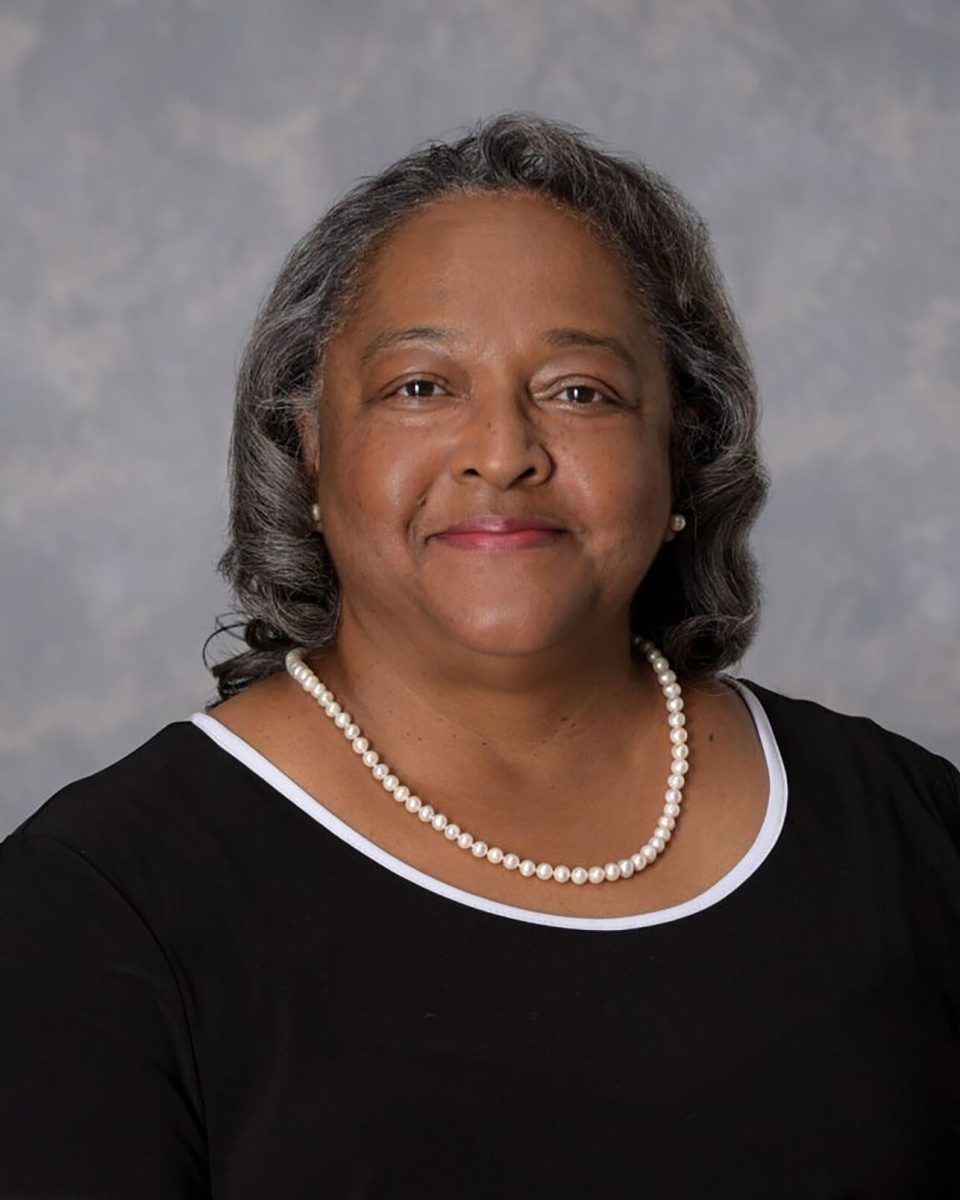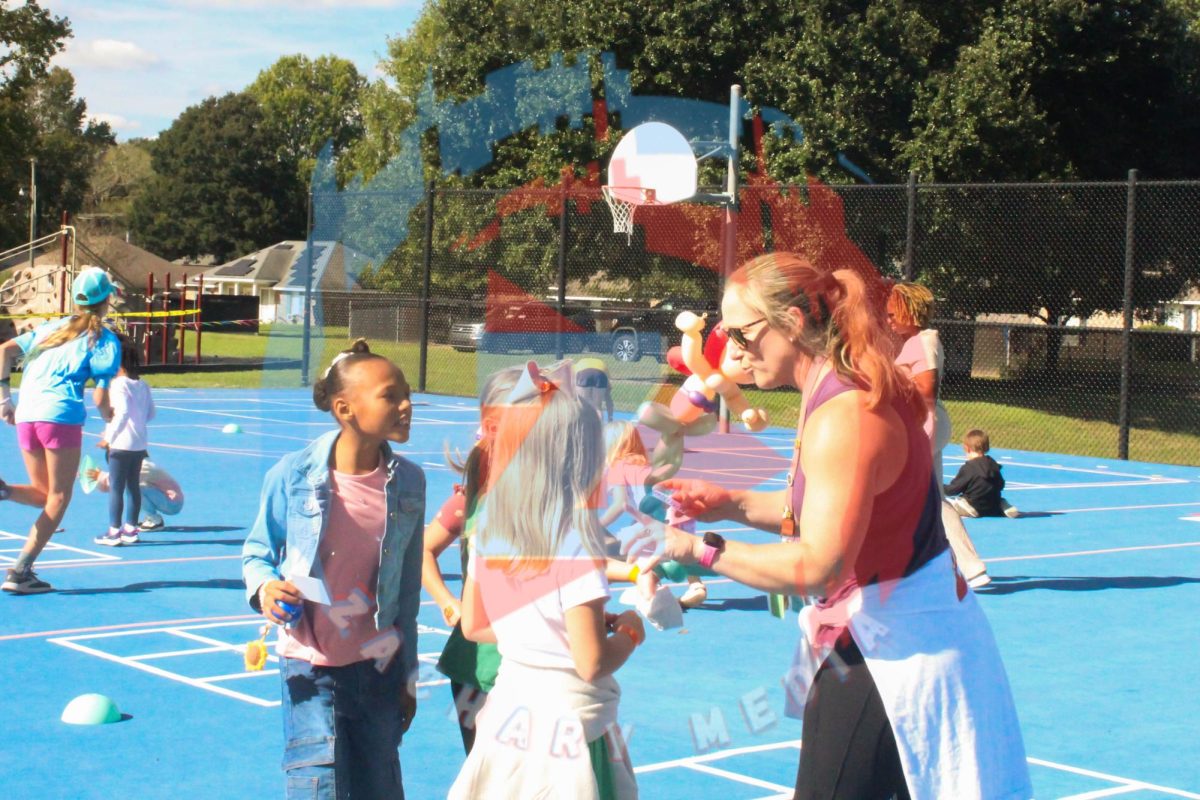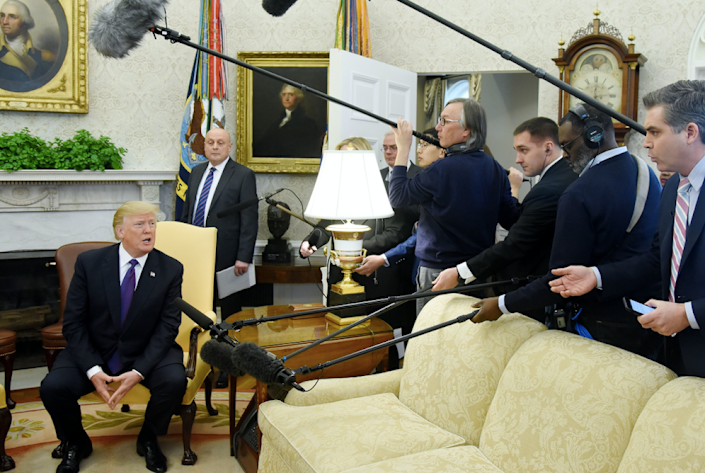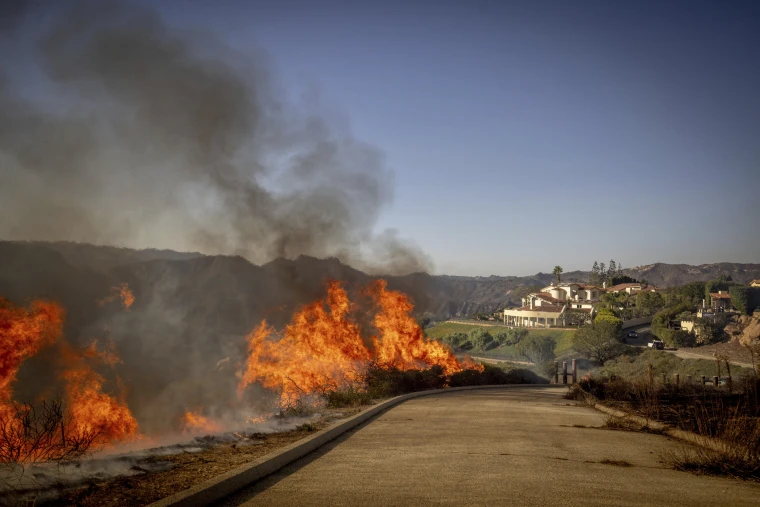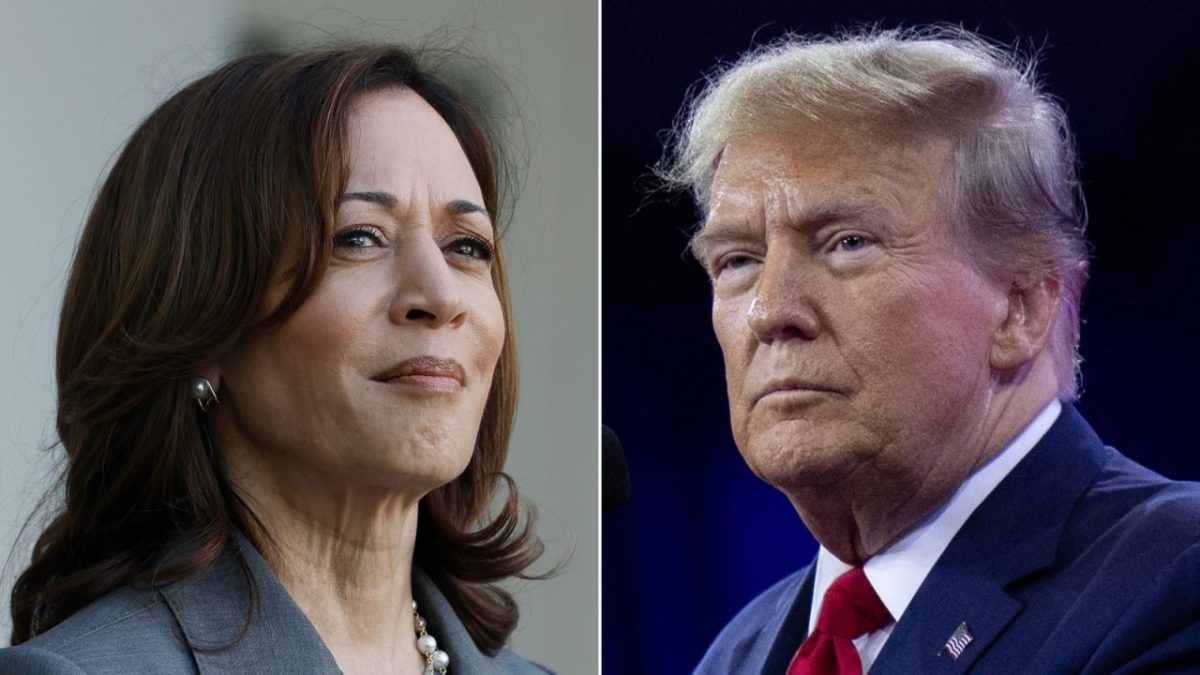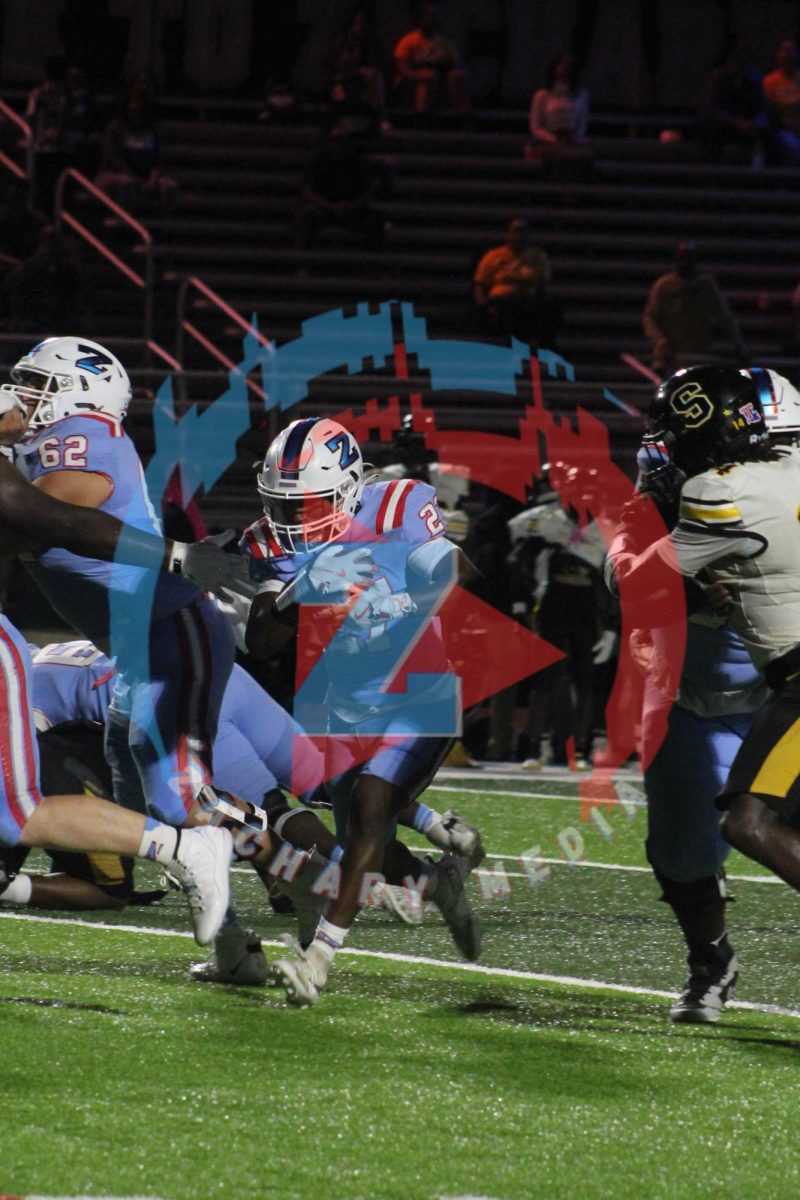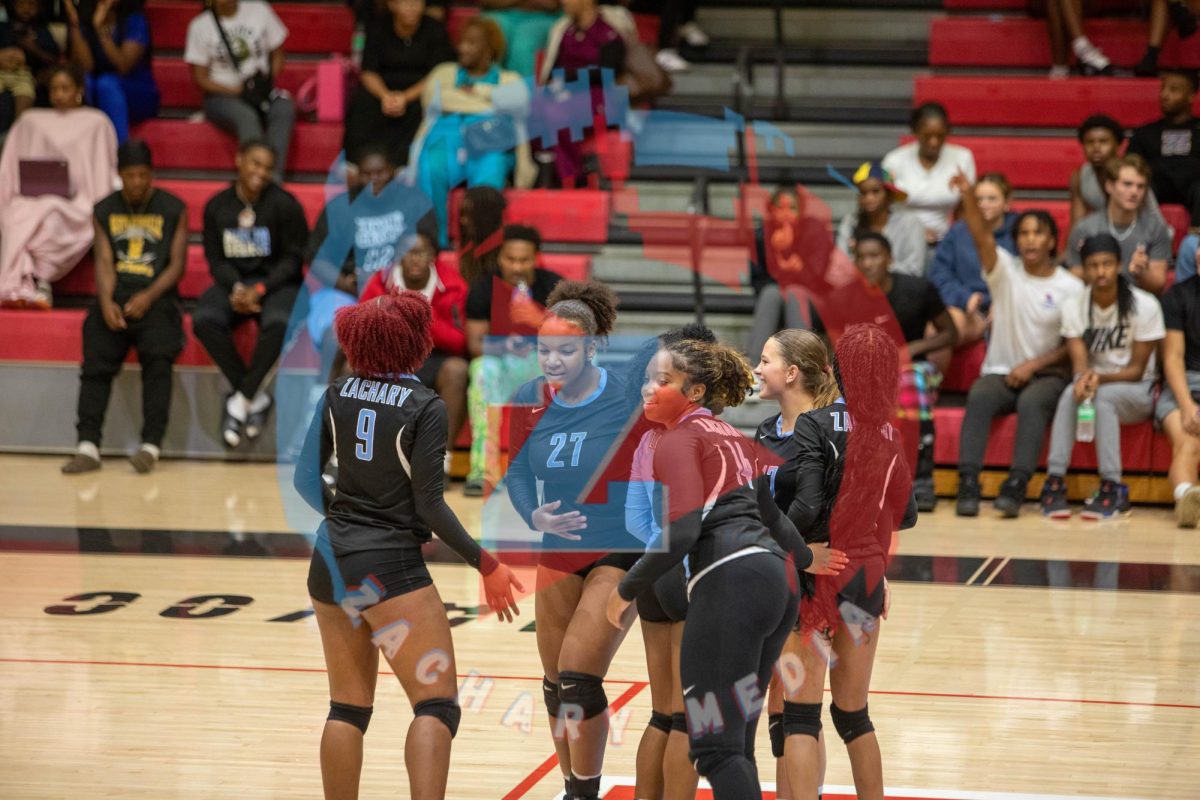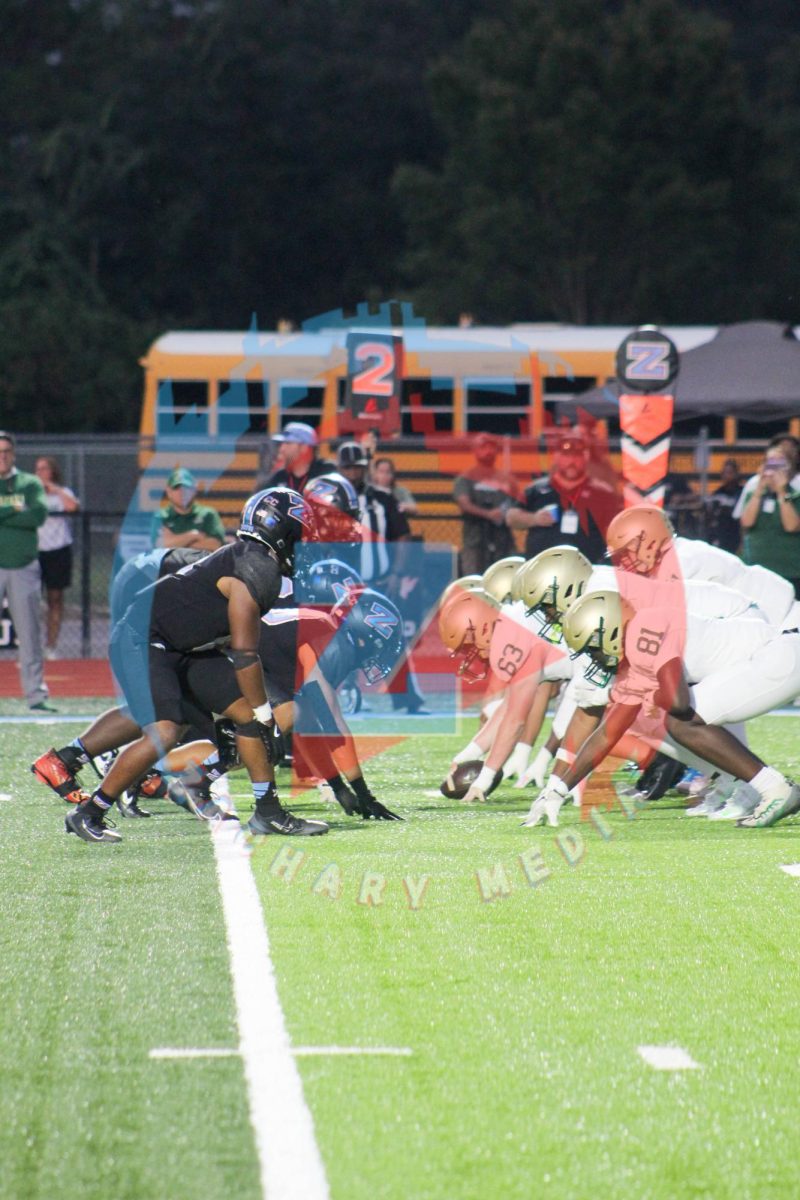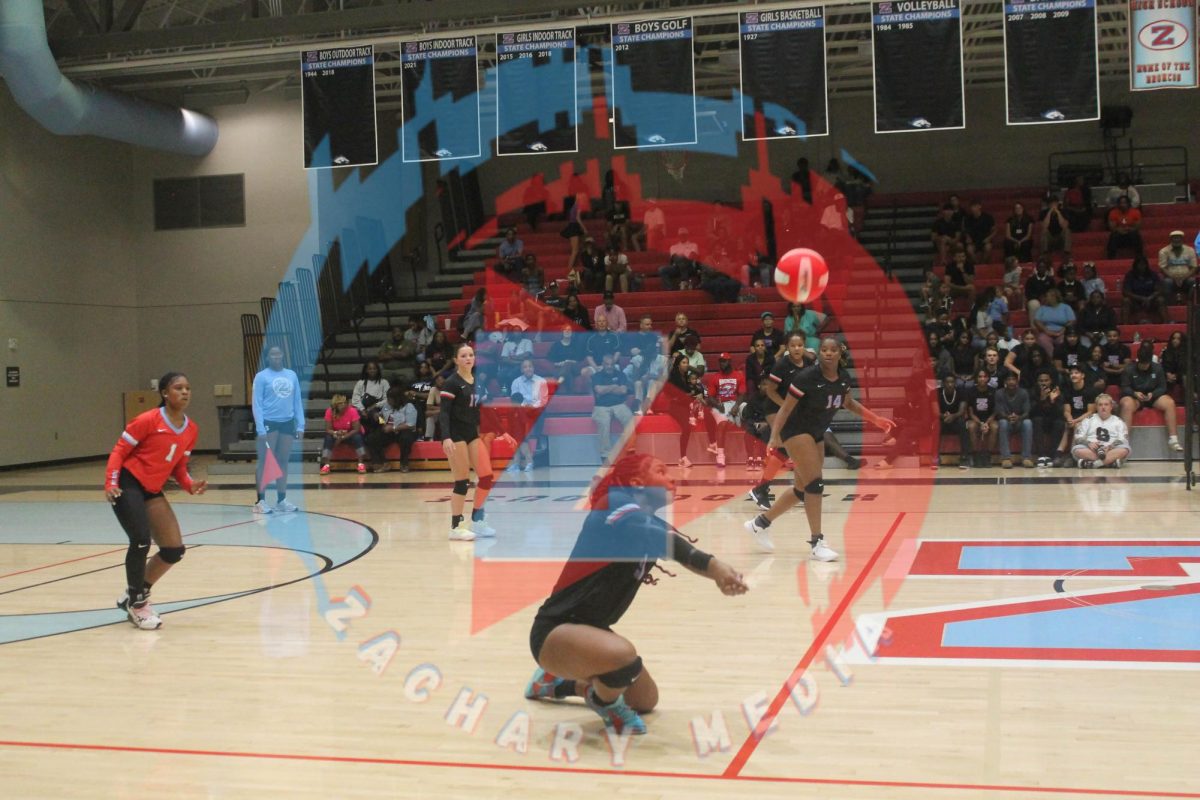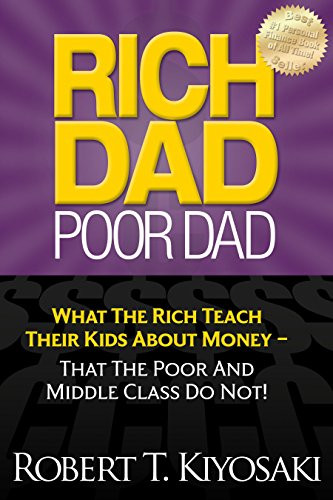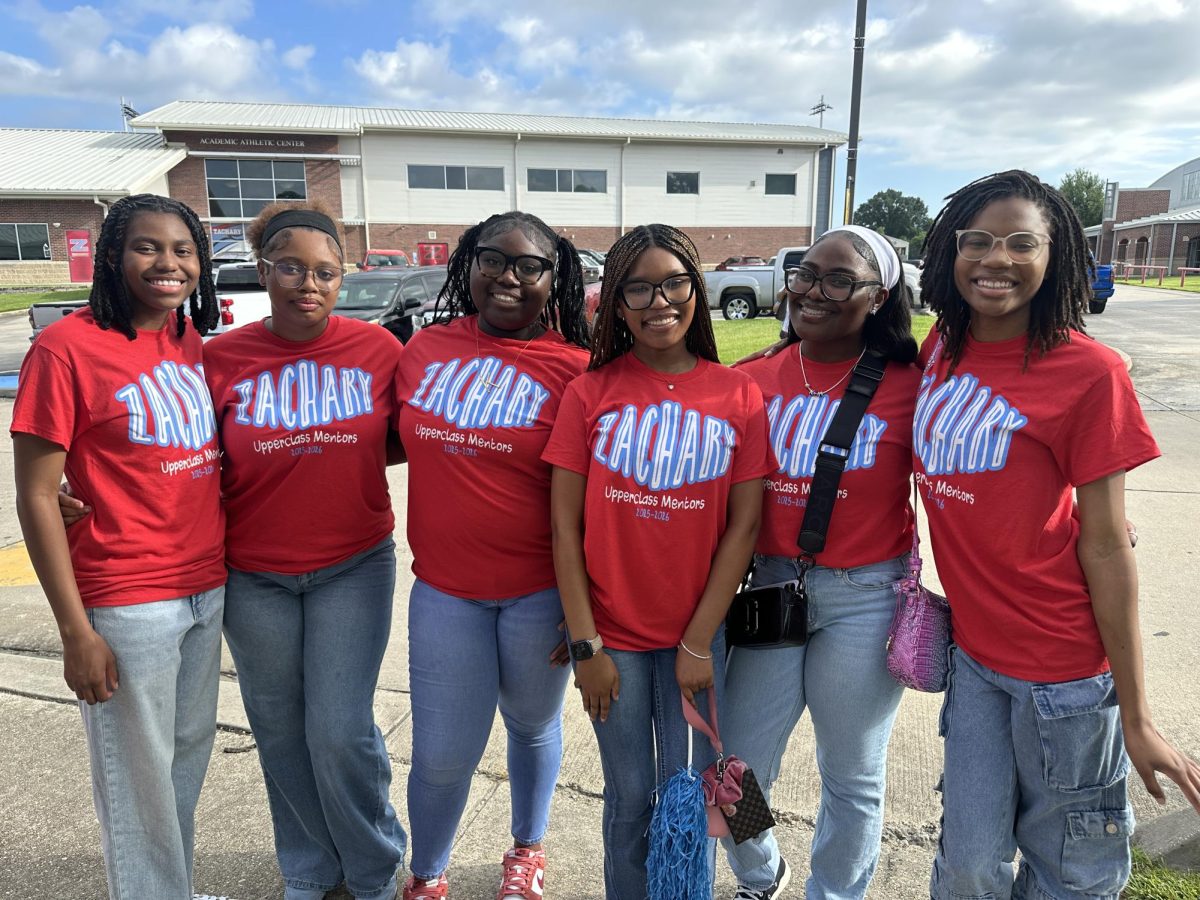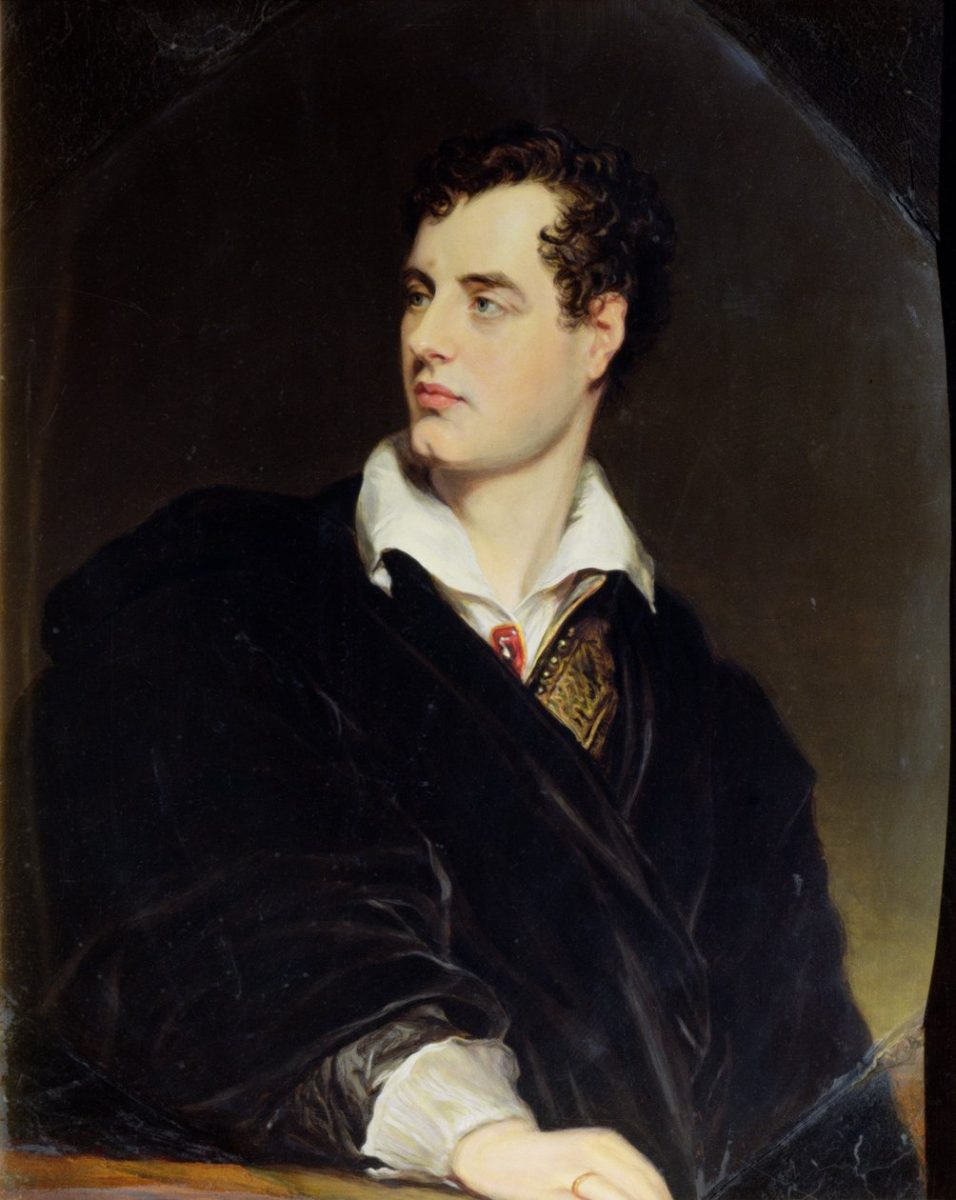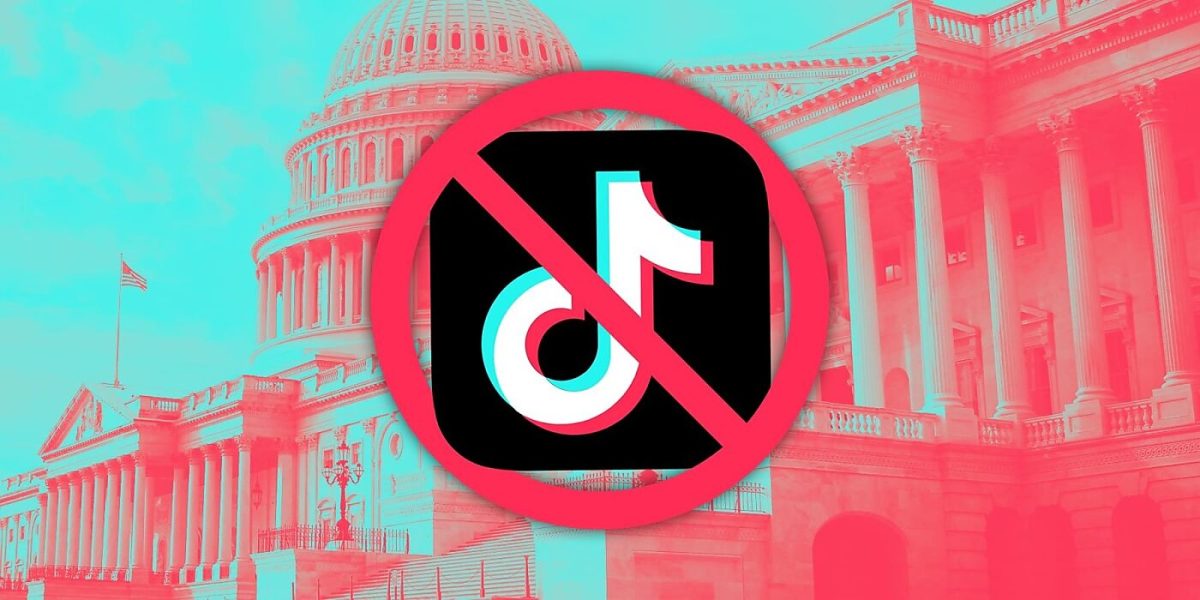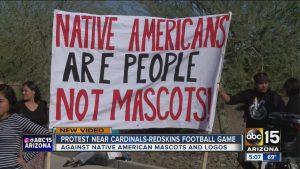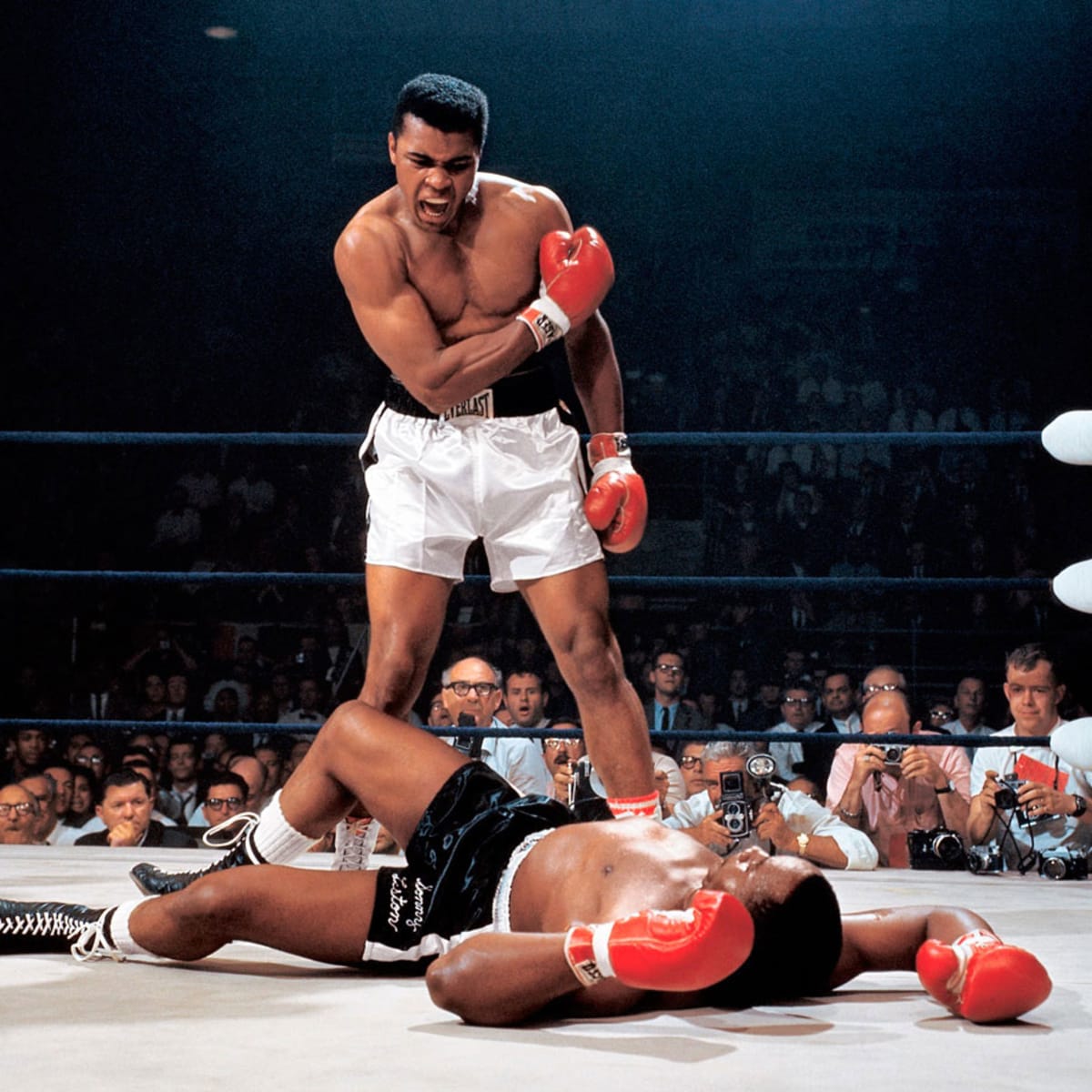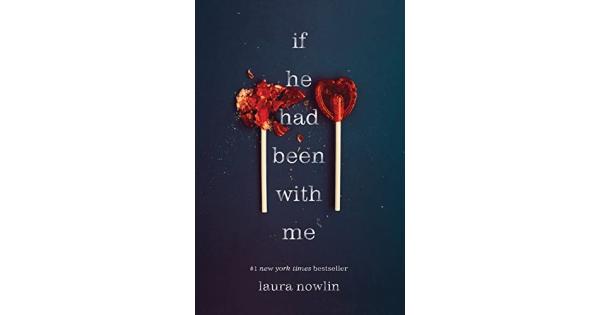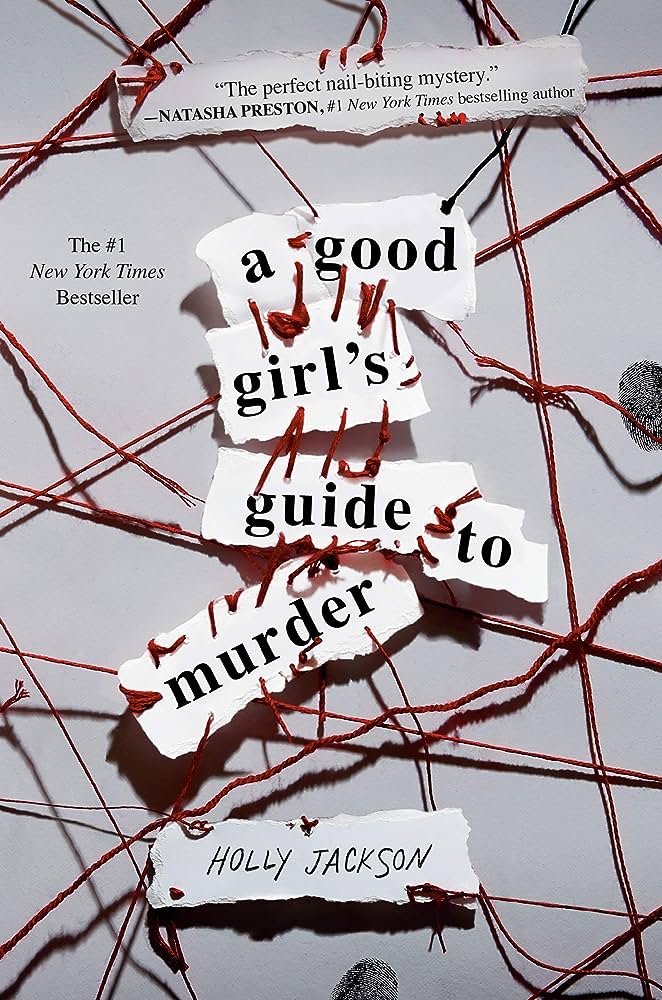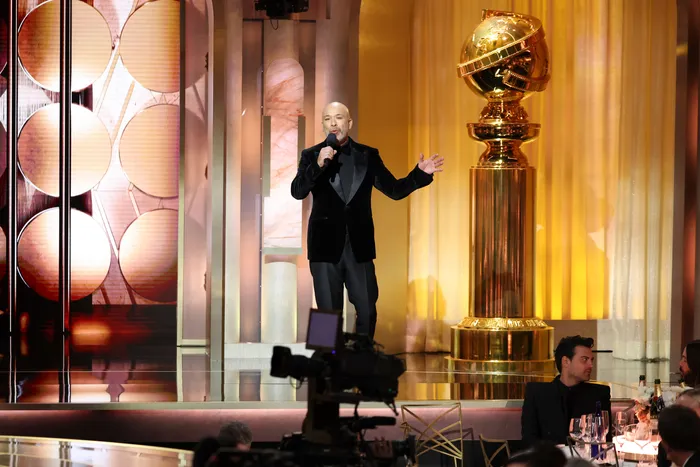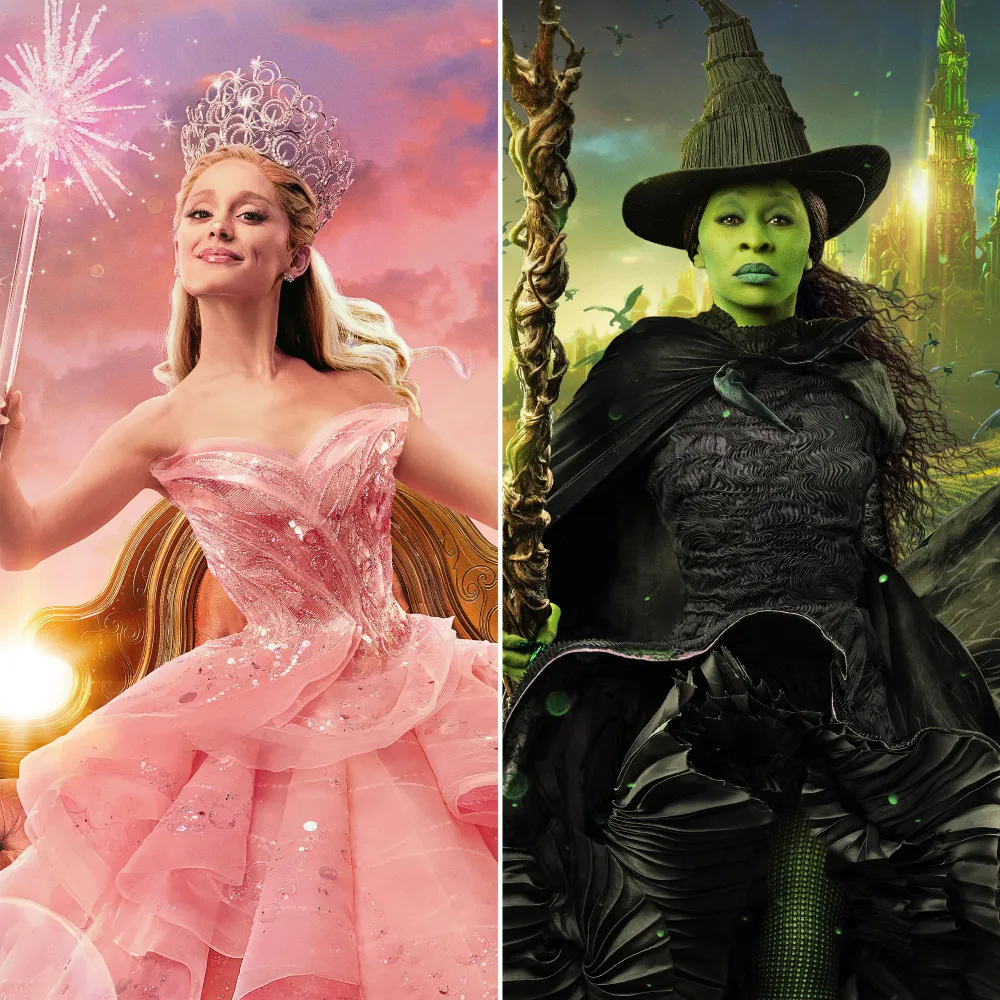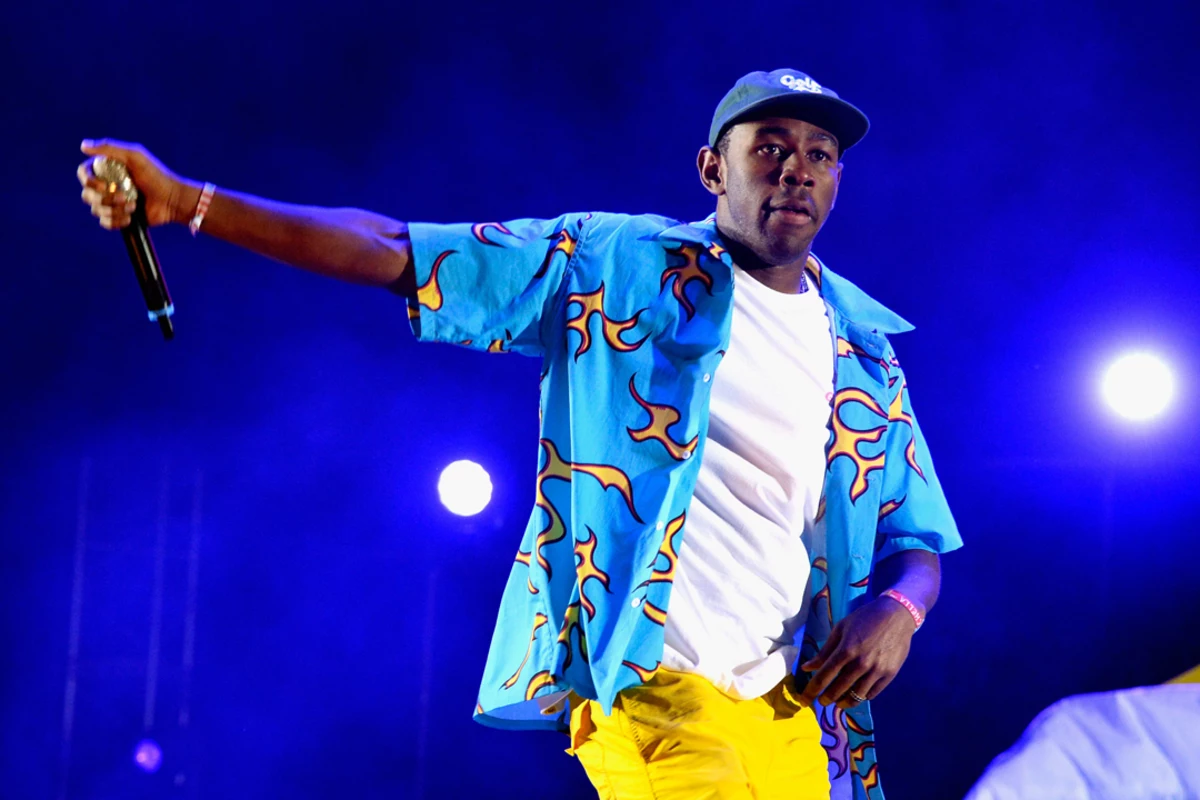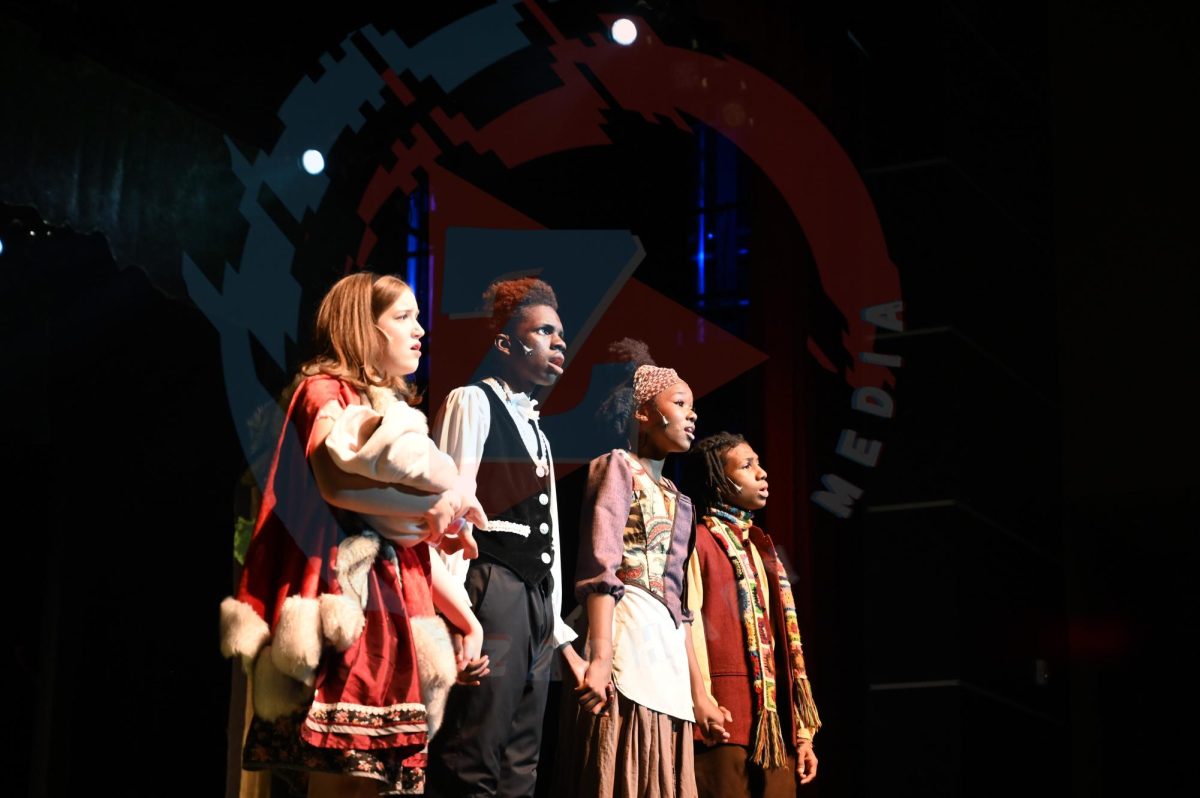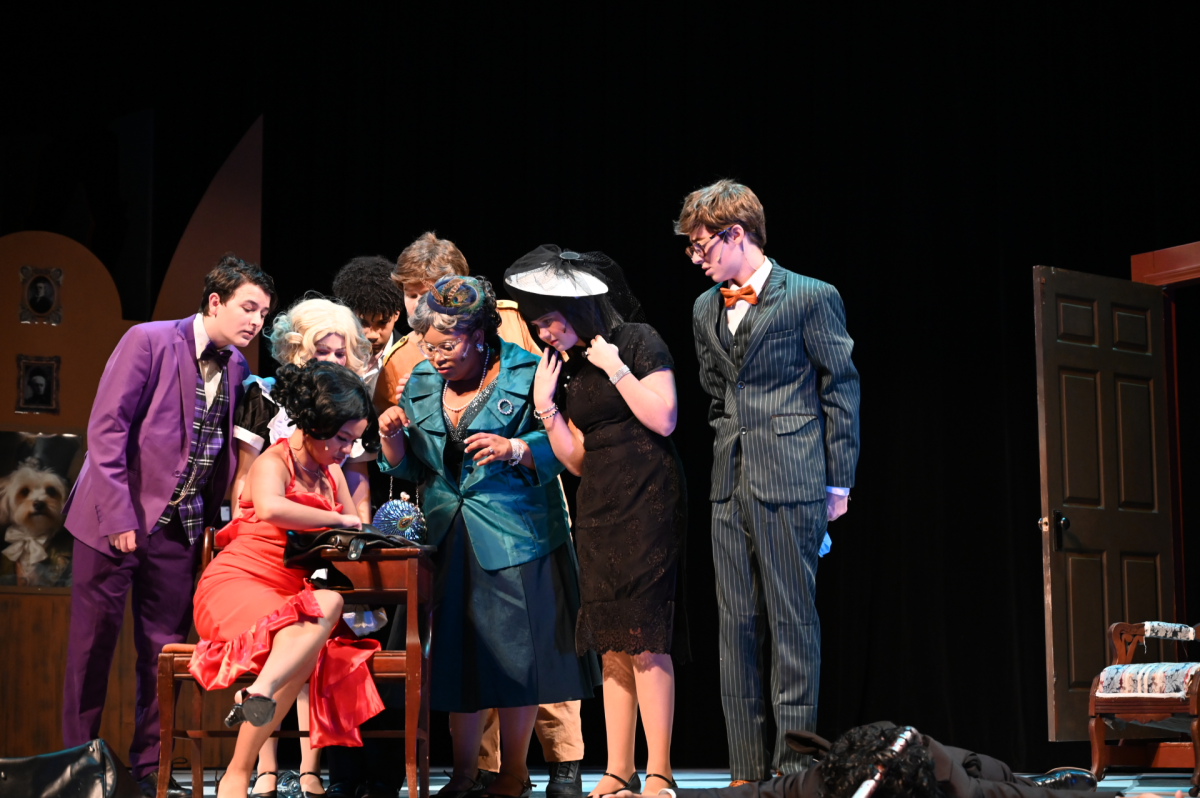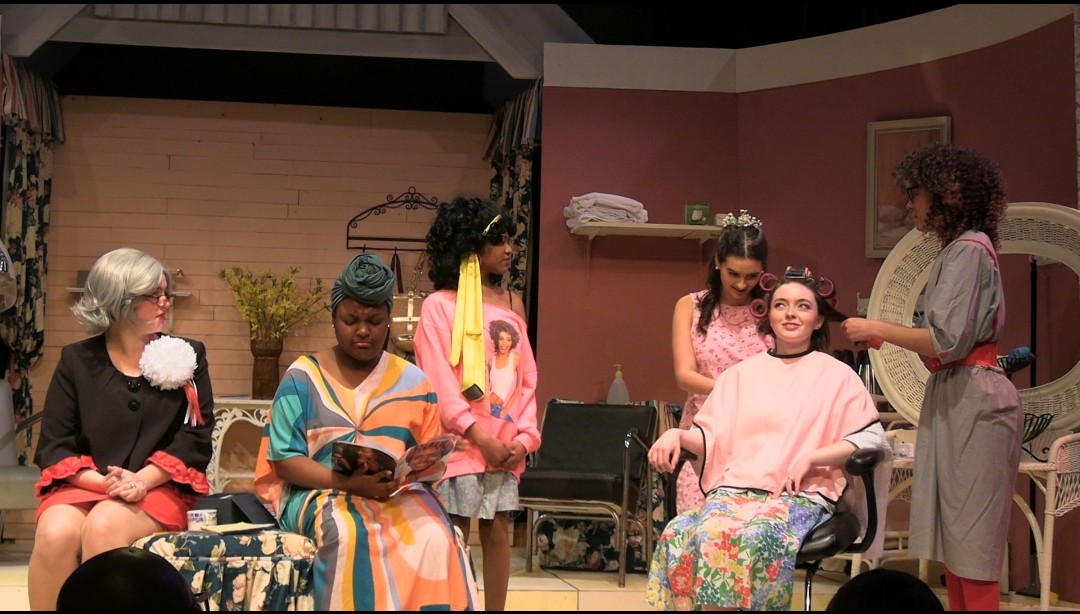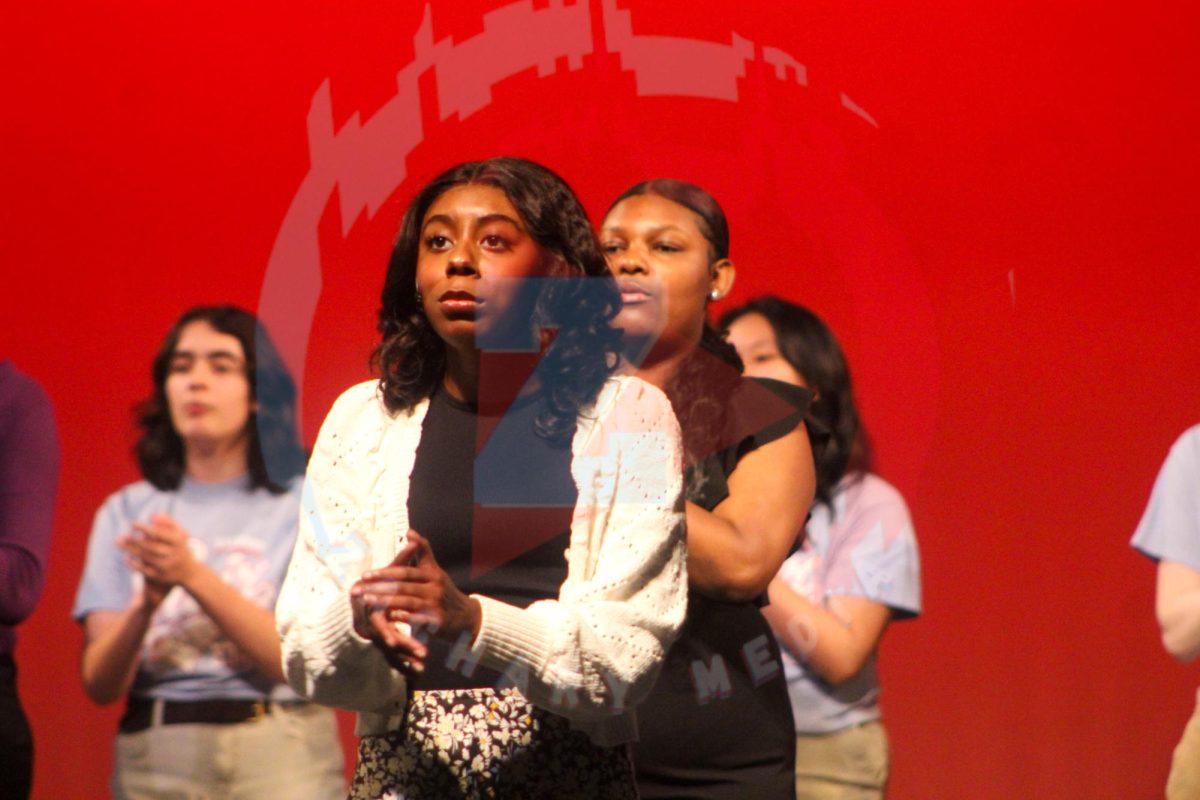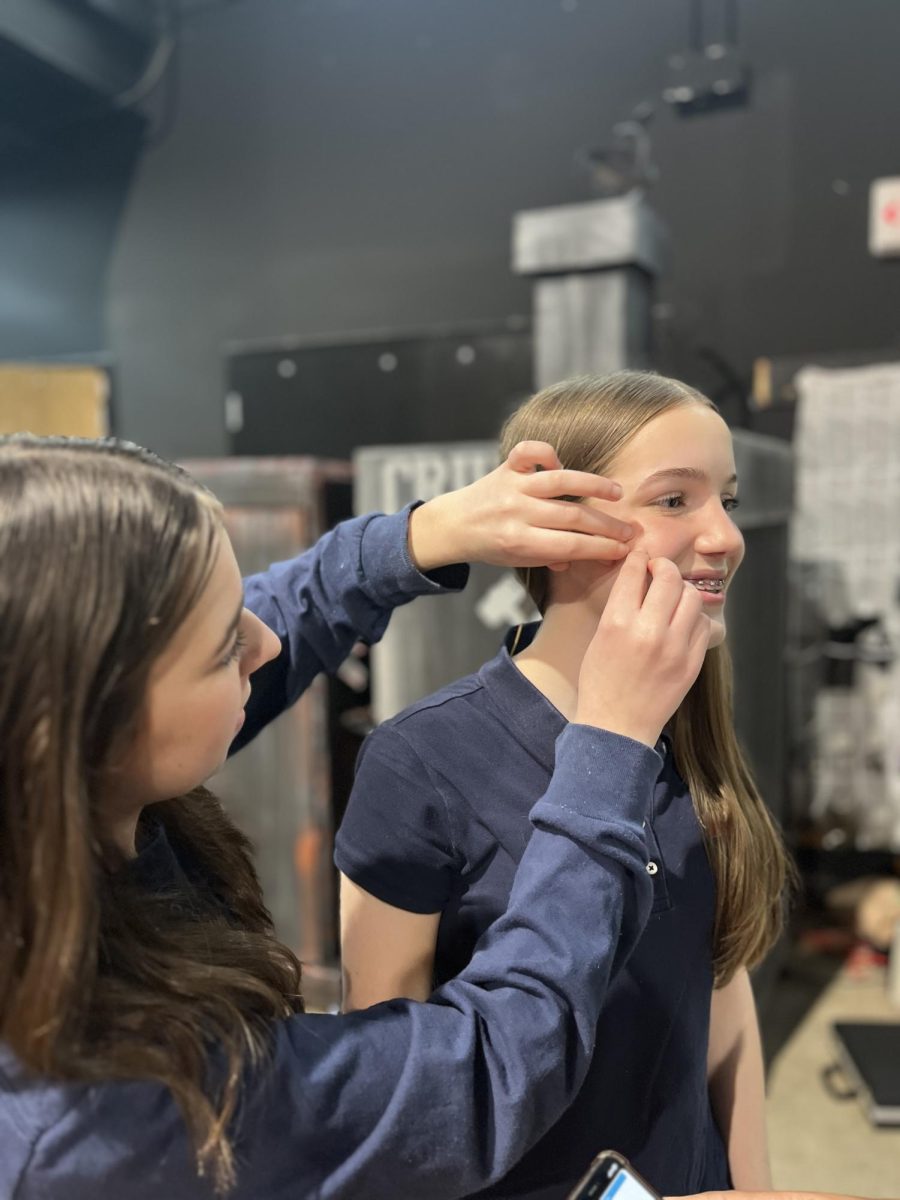The History of Halloween
October 24, 2022
Spooky season is upon us! Décor, costumes, fall fest, and many Halloween festivities are under way, but who started the scariest holiday of the year? Well, it dates back 2,000 years!
 Halloween’s origin dates to an ancient Celtic festival called Samhain (pronounced sow-in). The Celtics were the largest group in ancient Europe during the 5th-8th century. Their territory stretched from modern-day Spain to the Black Sea. The Greeks made their first contact with the “barbarian people” in 540 B.C., initially calling them Keltoi and eventually evolving to Celtics, who they are today.
Halloween’s origin dates to an ancient Celtic festival called Samhain (pronounced sow-in). The Celtics were the largest group in ancient Europe during the 5th-8th century. Their territory stretched from modern-day Spain to the Black Sea. The Greeks made their first contact with the “barbarian people” in 540 B.C., initially calling them Keltoi and eventually evolving to Celtics, who they are today.
During the Samhain festival, the druids, Celtic priests, built sacred bonfires to sacrifice crops and animals for the Celtic deities or gods. During the celebration, the Celts wore costumes, typically consisting of animal heads and skins, and told each other’s fortunes. The Samhain festival occurred on October 31, when the Celts believed, ghosts would return to Earth. In addition, they believed the boundary between the living and the dead blurred.
November 1 marked the New Year for the Celtics. From this day forward, the cold and dark winter began with many deaths. By 43 A.D., the Roman Empire had conquered the Celts. Eventually, Roman, and Celtic traditions combined, including the Samhain festival. By the 9th century, Christianity spread to the Celtic lands. All Saints Day, also known as All Hallows Days, was celebrated on November 1. The night before when the Samhain festival would take place in Celtic religion. They began to call the night “All Hallows Eve” and, eventually, Halloween. In 1000 A.D., the church made November 2 “All Souls’ Day,” a day to honor the dead. Many believe the church attempted to replace the Celtic festival of the dead with a related, church-sanctioned holiday.
Halloween was much more popular during the American colonial era in Maryland and other southern colonies than in New England due to their strict Protestant beliefs. As beliefs and customs of American and European ideals merged, the new idea of Halloween formed. Borrowing European ideals, such as dressing up, Americans followed and dressed up and went door-to-door, asking for money.

In the late 1800s, parents were motivated to make the holiday more about gatherings than pranks and witchcraft. As a result, festive parties became very popular. In 1950, during the baby boom, civic centers became too crowded to host parties and moved them to their homes. Trick-or-treating became an inexpensive way for the community to have a good time. In addition, small treats were provided for the children, and the trick-or-treating tradition of Halloween was created!
History.com. (2022, October 3). Halloween 2022. Retrieved on October 4, 2022.
https://www.history.com/topics/halloween/history-of-halloween#:~:text=The%20tradition%20originated%20with%20the,of%20the%20traditions%20of%20Samhain
History.com. (2021, March 17). 8 Facts About the Celts. Retrieved on October 4, 2022.
https://www.history.com/news/celts-facts-ancient-europe#:~:text=1.,people%20to%20inhabit%20ancient%20Europe

